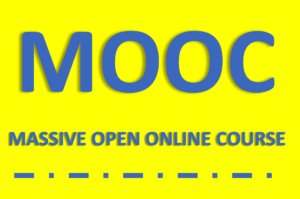Embracing Dropouts in MOOCs: Exploring Potentials of Invisible Learners
 The objective of the paper is to examine how and what the non-completing participants of MOOCs learn. In this paper we term them invisible learners. The paper presents a qualitative study of learning activities and outcomes of invisible learners. The study consists of 11 interviews with MOOC participants and a survey answered by 51 participants. The results of the study show that invisible learners learn by 1) reading and watching, 2) following and being part of, 3) networking, 4) reflecting and 5) applying. Further, the study shows that the learning outcomes of the invisible learners can be described as 1) inspiration, 2) update, and 3) input for practice. Invisible learners show signs of self-governance by choosing what is relevant to them, and initiating their own learning activities in relation to their own practice. The paper concludes that there are educational potentials of the activities of invisible learners. The study shows that the course format may not be suitable for invisible learners that do not wish to do assignments and follow specific learning objectives. Rather, the educational potential is to provide invisible learners with relevant input to their own practices. To accommodate invisible learners, the challenge is to design courses that provide input and inspiration to learners’ own practices without prescribing what they will learn.
The objective of the paper is to examine how and what the non-completing participants of MOOCs learn. In this paper we term them invisible learners. The paper presents a qualitative study of learning activities and outcomes of invisible learners. The study consists of 11 interviews with MOOC participants and a survey answered by 51 participants. The results of the study show that invisible learners learn by 1) reading and watching, 2) following and being part of, 3) networking, 4) reflecting and 5) applying. Further, the study shows that the learning outcomes of the invisible learners can be described as 1) inspiration, 2) update, and 3) input for practice. Invisible learners show signs of self-governance by choosing what is relevant to them, and initiating their own learning activities in relation to their own practice. The paper concludes that there are educational potentials of the activities of invisible learners. The study shows that the course format may not be suitable for invisible learners that do not wish to do assignments and follow specific learning objectives. Rather, the educational potential is to provide invisible learners with relevant input to their own practices. To accommodate invisible learners, the challenge is to design courses that provide input and inspiration to learners’ own practices without prescribing what they will learn.







